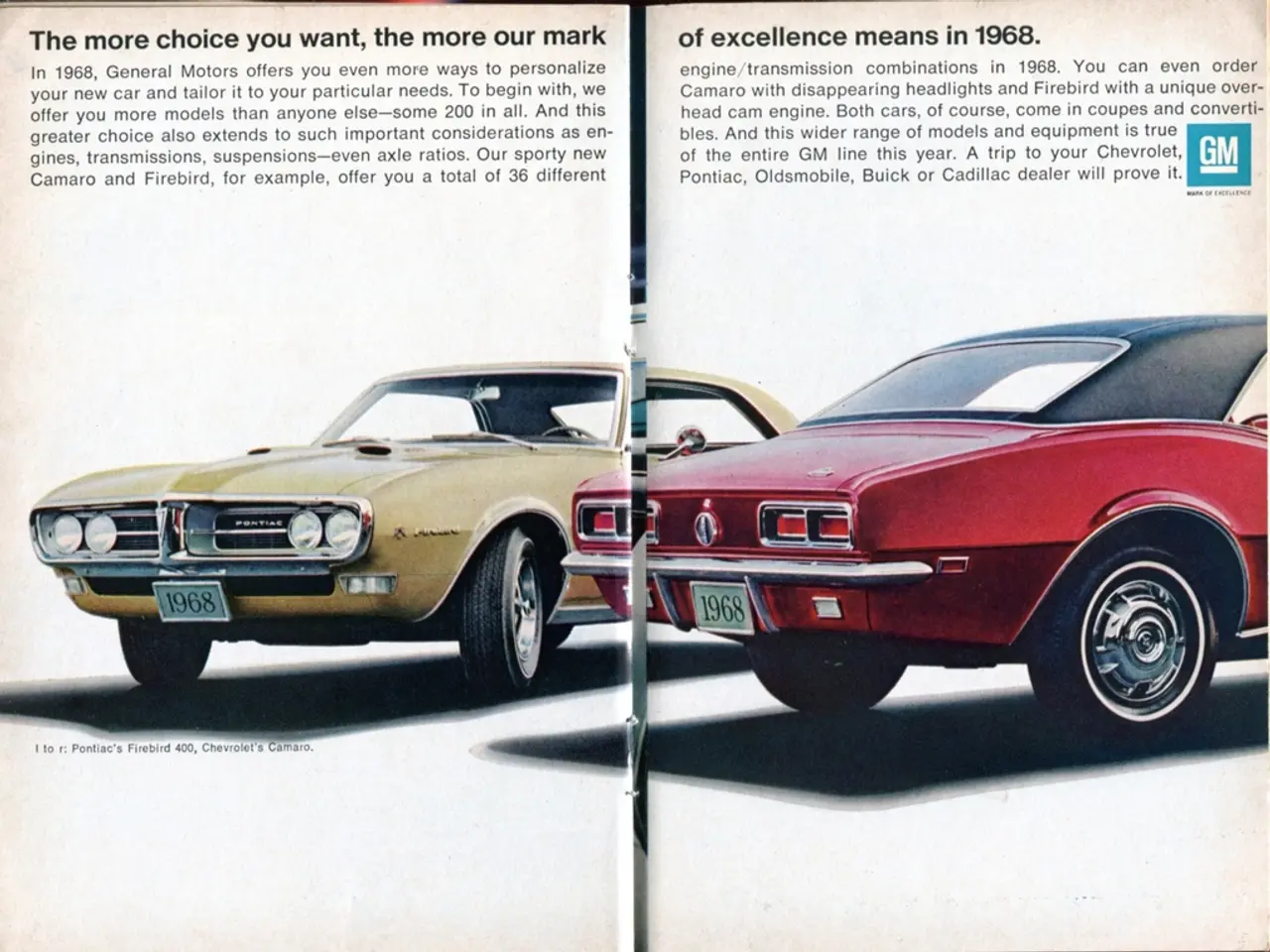Agreement on Trade - Advantage to Trump and Putin, Disadvantage to Europe
The recently agreed upon EU-US trade deal, which sets a 15% tariff ceiling on most EU exports to the United States, is generally favorable to the US but poses mixed implications for Europe’s economy, security, and political landscape.
Economic implications for Europe:
The 15% tariffs significantly raise costs for many European exporters compared to the previous average of around 2%, especially harming countries with large exports to the US like Germany, Italy, and Ireland, and sectors such as automotive, industrial machinery, and agriculture. Estimates predict a moderate negative impact on EU GDP growth ranging roughly between 0.2% and 0.8%, with the overall hit potentially as low as around 0.3% due to the EU's economic structure, which is heavily service-oriented and less directly affected by tariffs. Higher export costs to the US market risk undermining European competitiveness, especially if tariff costs are passed on to US consumers, potentially reducing demand for EU goods. The deal includes an EU commitment to purchase large amounts of US energy (around $750 billion by 2028) and military equipment, which helps American producers but limits Europe’s energy sourcing flexibility and could strengthen US influence over European markets.
Security and political consequences:
The purchase commitments on US military equipment signify closer defense ties, potentially enhancing transatlantic security cooperation but also increasing EU dependence on US defense technology and policies. Politically, European leaders have expressed concerns and backlash, fearing the deal compromises EU competitiveness and sovereignty by locking in unfavorable terms under the threat of tariffs. The trade deal attempts to avoid escalating trade tensions, providing stability and predictability for transatlantic commerce, which may help alleviate risks of a damaging trade war, supporting political stability on the continent. However, the deal also highlights diverging narratives between the US and EU over quotas and digital/agricultural trade barriers, indicating unresolved tensions that could complicate longer-term cooperation.
Summary:
| Aspect | Implications and Consequences | |----------------------|-----------------------------------------------------------| | Economy | Moderate GDP hit (0.2%-0.8%), reduced EU export competitiveness, sectoral impacts; EU energy & military buying commitments favor US suppliers | | Security | Closer defense ties with US, increased EU dependence on US military equipment | | Political landscape | Backlash from European leaders fearing diminished sovereignty; tension over trade barrier details; reduced risk of trade war but ongoing uncertainty |
In summary, while the deal reduces immediate tariff escalation risks and brings clarity to transatlantic trade relations, it is advantageous to the US at the expense of European exporters’ competitiveness and may deepen EU reliance on US energy and defense. The political response in Europe reflects concerns over sovereignty and long-term economic impacts.
Furthermore, the Ukraine conflict highlights Europe's reliance on Washington's goodwill and support, which President Trump is currently using to his advantage. Europe has grown accustomed to relying on the US for military protection without developing a joint security policy. In this context, a struggling European economy could benefit Russian President Vladimir Putin. Had the EU not agreed to the deal, a trade war with the US would have been detrimental to both sides. The EU will also invest $600 billion in the US as part of the deal. The agreement shows that Europe is vulnerable in trade disputes with the US.
Trump's actions in the trade deal are also benefiting Putin, as the 50% surcharge on steel and aluminum imports remains. The deal involves a 15% tariff on nearly all EU imports. More nationalism and populism in Europe, potentially resulting from economic struggles, could lead to more disunity. The EU-US trade deal, while providing some short-term benefits, may have long-lasting consequences for Europe's economy and political landscape.
References: [1] BBC News. (2021, June 17). EU-US trade deal: What does it mean for the UK? Retrieved from https://www.bbc.com/news/business-57560631
[2] The Guardian. (2021, June 17). EU-US trade deal: what it means for the UK and Brexit. Retrieved from https://www.theguardian.com/business/2021/jun/17/eu-us-trade-deal-what-it-means-for-the-uk-and-brexit
[3] The Economist. (2021, June 17). The EU-US trade deal: a victory for Trump or a disaster for Europe? Retrieved from https://www.economist.com/europe/2021/06/17/the-eu-us-trade-deal-a-victory-for-trump-or-a-disaster-for-europe
[4] The Financial Times. (2021, June 17). What the EU-US trade deal means for the UK. Retrieved from https://www.ft.com/content/9f5e4596-18d3-477d-928f-d02e488e273e
- The EU-US trade deal, with its 15% tariff on most EU exports to the United States, poses a significant challenge for the business sector in Europe, particularly for countries with substantial exports to the US such as Germany, Italy, and Ireland, as well as industries like automotive, industrial machinery, and agriculture.
- The EU-US trade deal, beyond its economic implications, has political ramifications too, as it highlights the growing dependence of Europe on US energy and defense supplies, which could potentially reinforce US influence in European markets and raise concerns regarding European sovereignty and competitiveness.




